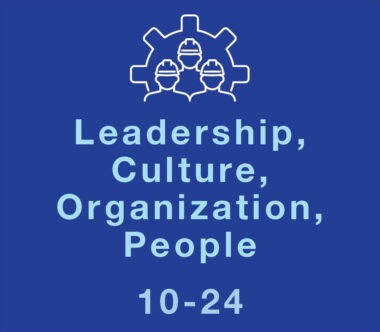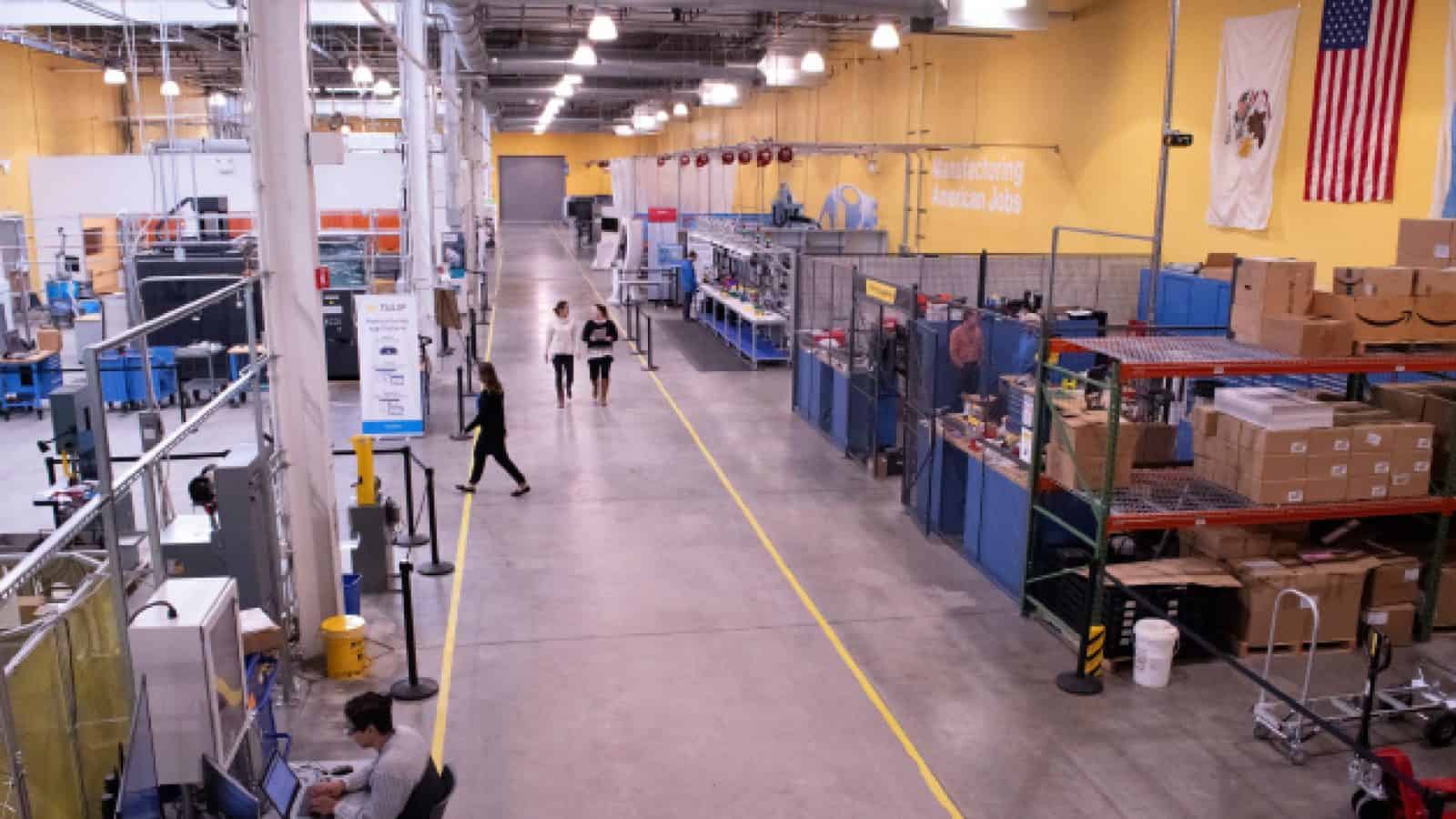Effective Digital Transformation Leadership Practices

Digitalization, big data and intelligent analytics place new demands on smart factory initiatives.

TAKEAWAYS:
● Leading through influence, as opposed to authority, helps to get people on board with digital transformation, empowering them to collaborate in support of common goals.
● Focusing on solving specific, high-priority problems aligns relevancy and effectiveness for digital transformation initiatives.
● An effective framework and leadership will set the stage for a feasible solution that meets smart factory goals, creates business value and supports a long-term strategy.
Classic operational technology project challenges are more complex in the Manufacturing 4.0 era. A prime example is predictive technology implementations. Long considered a maintenance best practice across the industrial spectrum, predictive maintenance solutions are valued for helping to detect degrading asset conditions in time to prevent machine failure and the risks and costs that come with unplanned downtime.
The emergence of the cloud, smart sensors, AI and machine learning gave rise to remote condition monitoring and real-time integrated predictive maintenance, which increasingly leverages AI-enabled predictive models, prescriptive analytics supporting corrective actions for streamlined decision making and automated work order generation.
As a result, once discrete initiatives such as vibration monitoring on a critical motor bearing for predictive maintenance are now just one facet of a broader digital transformation, with applications throughout the organization.
With the extraordinary pace of innovation, key leadership skills are more essential to ensure success in implementing today’s best practices and sophisticated technologies, while preparing the organization for the next evolution of manufacturing.
Top Challenges in M4.0 Leadership and How to Overcome Them
Digital transformation leaders are faced with three distinct challenges that can be managed with leadership best practices.
Challenge #1: Have a clear understanding of the problems you are trying to solve and maintain focus on them.
Best practices:
- Avoid the hype: Do not allow the industry and vendors to define your problems for you. Identify and set priorities that match your organization’s specific needs and goals, whether they involve machine reliability, operational support, product quality or otherwise.
- Start small: Identify and target manageable problems, such as adding a sensor to retrieve vibration data from a problematic machine in order to predict and prevent unplanned downtime. It will lay the foundation and provide the evidence to make the case for the next, bigger step on the journey.
- Stay focused: Do not lose sight of why a problem is worth solving. This helps to avoid the pilot purgatory, endless experimentation and scope creep that come from showing what can be done, even if it is not worthwhile for the business, rather than solving known problems.
Challenge #2: Establish a digital transformation approach that offers the most flexibility and agility.
Best practices:
- Plan ahead: Develop a solution framework that focuses on evolution rather than revolution and allows you to potentially solve other problems down the line. For instance, adding sensors to machines could lead to connecting to machine controls, which could lead to integrating with a manufacturing execution or asset management system.
- Optimize the data: Choose solutions that work with data from a variety of sources, and then contextualize that data in a way that is meaningful relative to the problems you are trying to solve.
- Do not get boxed in: Flexibility is lost if you choose conflicting or divergent technological solutions, such as a machine-specific solution that is not compatible with other machines on the line or with other assets in the plant.
- Avoid competing projects: Managing a coherent program saves time, effort and costs. It avoids the solution silos and future integration challenges that arise when too many people solve the same problem in different areas and in different ways.
- Get help: Identify and leverage digital transformation experts and advisors as needed, both internal and external, to ensure a cohesive approach and framework.
Challenge #3: Gain and sustain buy-in and organizational awareness for what you are trying to achieve.
Best practices:
- Celebrate the wins: Use each proof of concept, even the smallest ones, as evidence to make the subsequent business case to your teams as well as to those who may not yet believe in what you are trying to achieve.
- Have a plan: Create a strategy and clear action plan for improving the business culture. Be sure to include benchmarking metrics and systems for monitoring and measuring progress.
- Optimize the talent: Empower all levels of your team with the skills, resources and capacity for digital transformation, whether using internal personnel or trusted partners. Consider R&D, engineering, project management, maintenance, operations, IT/OT, networking, data governance, regulatory, cybersecurity, external audit and corporate roles.
- Close the deal: Align the culture and work process to the new solutions as they are deployed.
Soft and Hard Leadership Skills are Crucial for Success
In the M4.0 era, communicating a clear vision of what you are trying to accomplish to all levels affected by the change is more important than ever. For some, the benefits are self-evident, and for others, digital transformation concepts are not as intuitive.
Leading through influence, as opposed to authority, helps to get people on board with digital transformation. It leverages relationships, expertise and active listening to engage and empower the individuals who develop a sense of ownership and the confidence to collaborate in support of the common goals.
Team building involves getting capable people into key positions, setting expectations, developing skill sets as needed and encouraging trust and collaboration. Resolving conflicts and rewarding efforts also come into play.
Organizational culture change leadership helps to cement the transformation. When high engagement, data-driven results, continuous improvements and employee safety and well-being are ingrained in the culture, team members are more motivated and committed to the program’s success.
The Future of Transformation Leadership
As M4.0 and beyond evolves, so will the role of leaders. For example, more data than ever will be available and needed to redefine strategic, data-driven decision making, and enhanced cybersecurity and IT/OT convergence will become the norm. Consequently, continually growing soft and hard leadership skills will be essential to ensuring program success.
Emerging leaders aiming to excel in digital transformation need to cultivate a visionary mindset to drive innovation, effectively build cross-functional teams and understand when to integrate new technologies and seek outside expertise.
Leveraging trusted partners can help fill skill gaps in your team and integrate scalable technology solutions. Additionally, partners with decades of diverse experience throughout various manufacturing environments ensure you can employ data-driven strategies with deep smart-factory expertise to help optimize your results.
Ultimately, an effective framework and leadership will set the stage for a feasible solution that meets smart factory goals, creates business value, supports a long-term strategy and can potentially provide a catalyst for new business models and markets.
About the Author:

Chris LeBeau is the Chief Technology Officer at Advanced Technology Services, Inc. (ATS)
